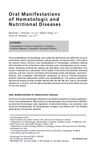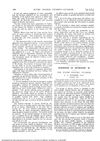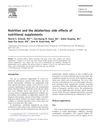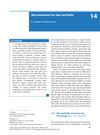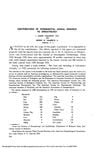The Nutritional Approach to Experimental Dermatology: Nutritional Dermatoses in the Rat
TLDR Rats with a pellagra-like skin condition were cured by a vitamin found in yeast, later identified as vitamin B6.
In 1926, Goldberger and Lillie discovered that a diet similar to that of pellagra sufferers, when fed to rats, led to a dermatosis resembling pellagra, characterized by symmetric, erythematous, scaly dermatitis, and sometimes alopecia. This condition was preventable and treatable with autoclaved yeast, indicating the presence of a pellagra-preventing vitamin in yeast. Subsequent research by Chick and Roscoe in 1928 suggested multiple factors in preventing dermatitis, and by 1933, the complexity of the vitamin B complex was recognized with the isolation of riboflavin. Gyorgy found that riboflavin did not cure the pellagra-like lesions in rats, which instead responded to a different vitamin he named B6. He proposed the term rat necrodynia for this condition due to its similarity to human acrodynia. Riboflavin deficiency in rats caused milder, irregular skin symptoms, primarily scaling and alopecia. Further research has identified additional components of the vitamin B complex, including the filtrate factor components and nicotinic acid, with Oleson et al. attributing spectacle alopecia to the deficiency of a component of the filtrate.
